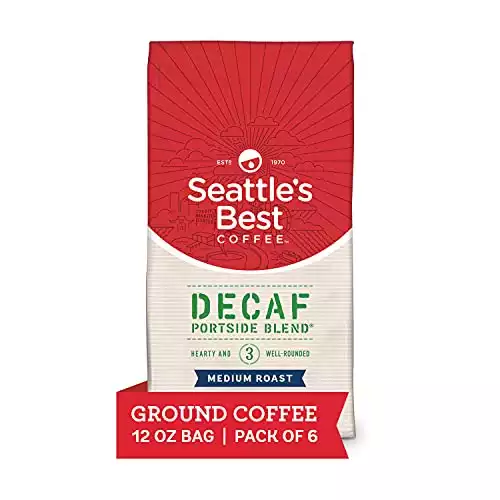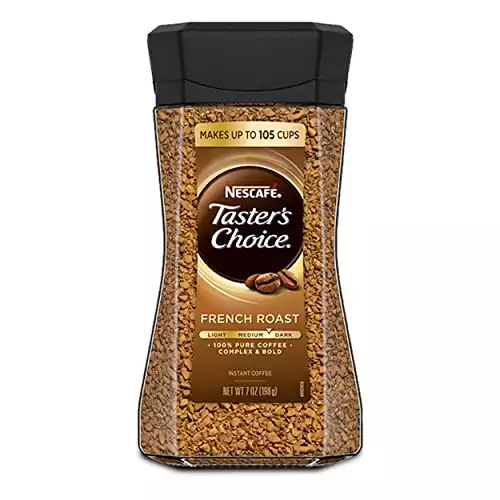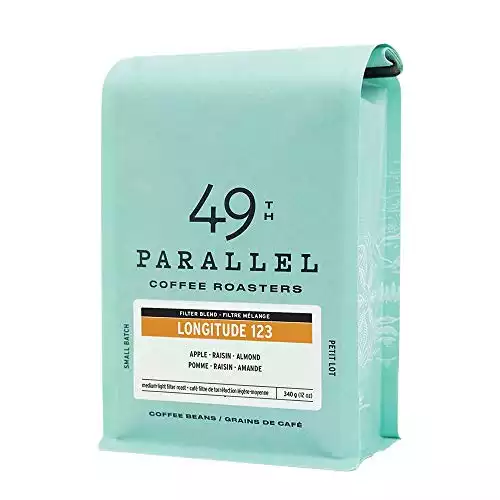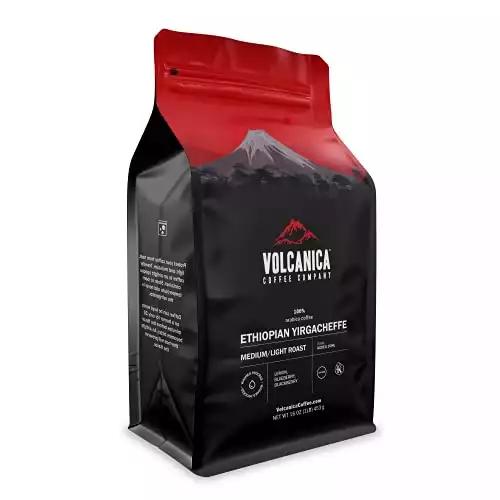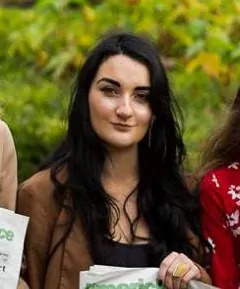Are you just starting to make a habit of getting your caffeine fix in the morning? Read our guide and find out what is the best coffee for new drinkers.
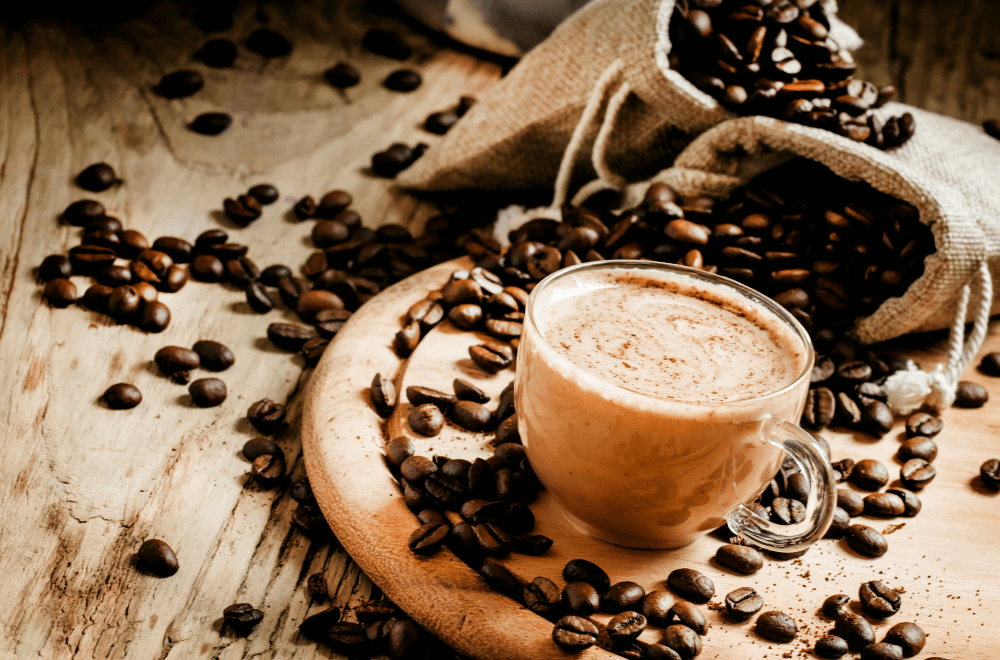
Welcome to the world of coffee drinking! Coffee is one of the most popular beverages in the world; it is the second most exported commodity after oil.
As a beginner, it’s best not to start with a shot of espresso or drip coffee. Start with something light and sweet so you can get used to the flavor of coffee before moving on to a more robust option!
- What To Look For In The Best Coffee For New Drinkers
- How To Pick The Best Coffee For New Drinkers
- 1. Best Coffee For New Drinkers Without Caffeine
- 2. Best Coffee For New Drinkers Those In A Rush
- 3. The Best Coffee For New Drinkers For Those With A Sweet Tooth
- 4. The Best Coffee For New Drinkers For Light Roast Lovers
- 5. The Best Coffee For New Drinkers For The Eco-Conscious
- Testing Criteria
- Why You Can Trust Me
What To Look For In The Best Coffee For New Drinkers
Serious coffee drinkers take a shot of espresso with ease, but a newbie might find it too bitter. So, what must you choose?
Roast
Coffee beans start as green beans that smell grassy. They are roasted to achieve chemical changes in their color and taste. There are three basic roasts to choose from:
Light Roast
Coffee beans are slightly roasted to achieve a light brown color. At the first crack, the beans’ internal temperature reaches 356℉ to 401℉. They are not oily because they weren’t roasted long enough.
The lighter the roast, the higher the acidity because of the lack of chemical changes within the bean.
While they have more caffeine, light roasts taste less bitter, which makes them ideal for new coffee drinkers. They can be mixed with sugar and milk or cream to make the taste more palatable.
Medium Roast
Coffee beans have an internal temperature of 401℉ to 428℉, achieving a brown color just before the second crack. The coffee has more body but contains less acidity and caffeine than light roasts. Most coffee shops have medium roasts, although many European countries.
New coffee drinkers can still choose a medium roast even if it has more bitter tones because of its lower caffeine and acidity. Add sugar, milk, or cream to make it more pleasant.
Dark Roast
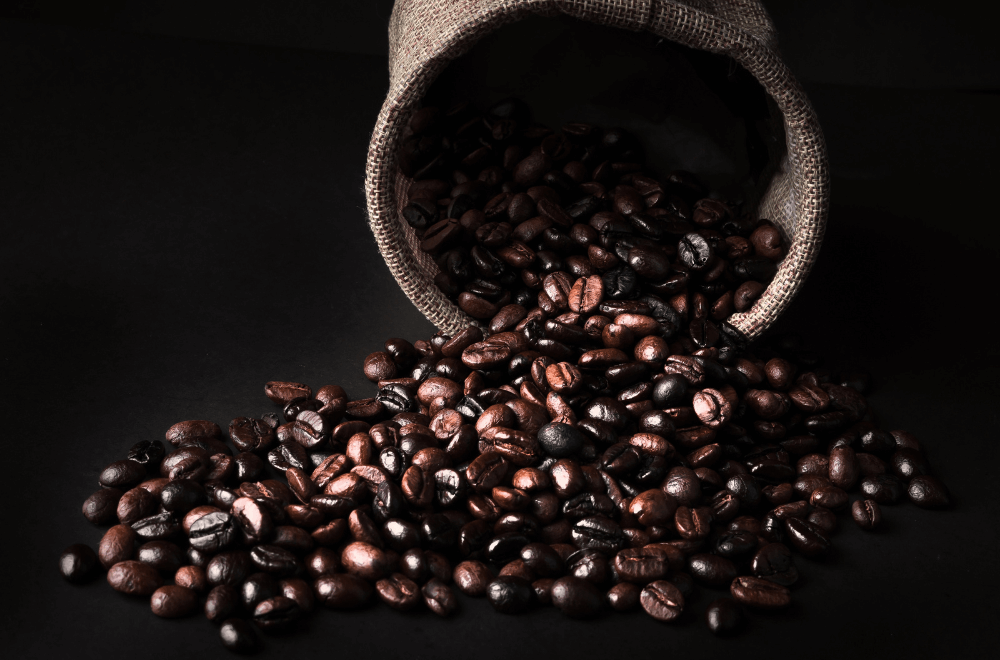
These coffee beans are dark and oily. During roasting, the beans’ internal temperatures reach 437℉ to 446℉ — high enough to generate chemical changes in the coffee’s acidity levels and flavors.
The process brings out a sweeter flavor as the sugar caramelizes. Dark roast coffee is bolder and richer. Although less acidic, dark roast may be too bold for a new coffee drinker.
Some brewers also have medium-dark roast and light-medium roast.
How To Pick The Best Coffee For New Drinkers
New coffee drinkers can experiment with different types of coffee slowly. Eventually, you’ll find the right coffee to start your morning with. As you become a serious coffee drinker, you can move to bolder flavors.
Here are some of the tips for starting your coffee habit:
Start With Decaf
Decaf isn’t entirely without caffeine, just considerably lower. A good decaf will taste identical to the real deal, but you’re usually limited to medium roasts because most brands won’t have an extensive decaf selection.
Choose A Lighter Roast
If decaf isn’t to your liking, go with a light roast. It is more subtle, so your taste buds will not be shocked by the boldness. You can then add as much sweetness to it as you like.
Add Sweetener
New coffee drinkers may find coffee quite bitter so add sweeteners. Here are some sweeteners you can use:
- Sugar
- Stevia
- Agave nectar
- Honey
- Maple syrup
- Molasses
- Coconut sugar
- Vanilla extract
Add Milk Or Coffee Creamer
Milk and coffee creamer can mask the bitterness of coffee, which is useful for new coffee drinkers.
1. Best Coffee For New Drinkers Without Caffeine
Seattle’s Best Decaf Portside Blend is a medium roast with a smooth flavor. It is made from 100% Arabica beans sourced from Latin America. For the best taste, use two tablespoons of ground coffee for six fluid ounces of filtered water.
If it’s too much for you, then adjust accordingly.
- The flavorful Decaf Portside Blend from Seattle’s Best Coffee comes in a pack of six 12 oz. bags of ground coffee ready to brew
- This delicious decaf coffee is a balanced medium roast, full of deep, well-rounded, and smooth flavor — without the caffeine
- Made with our signature 100% Arabica beans sourced from Latin America, enjoy robust decaf coffee that’s always smooth-roasted
- The affordable upgrade! Make Seattle's Best Coffee Decaf Portside Blend at home and save money without sacrificing taste
- For a consistently rich cup, we recommend using 2 tbsp of ground coffee for every 6 fl. oz. of cold, filtered water
Pros
- Not bitter at all
- Smooth
- It can be used with all types of coffee makers
Cons
- It doesn’t have an enticing aroma
- It may be too bland for serious coffee drinkers
2. Best Coffee For New Drinkers Those In A Rush
French roast is one of the darkest coffees in the world because it’s supposed to be roasted for much longer. The beauty of instant coffee is you can put in as much or as little as you want, so you don’t have to fear that the Nescafé Taster’s Choice French Roast will be too bitter for your taste buds. For more ideas, check out our round-up of the best instant coffee brands.
- PREMIUM FLAVOR—Savor rich aroma and flavor with NESCAFÉ TASTER'S CHOICE French Roast Medium Dark Roast Instant Coffee. This bold, medium-dark instant coffee comes in a 7-ounce jar.
- PURE QUALITY—Made with 100% real coffee from premium and responsibly sourced Arabica and Robusta coffee beans
- EXCEPTIONAL TASTE—Sip your way through a lively, complex, dark medium-roasted coffee with TASTER'S CHOICE French Roast Medium Dark Roast
- EASY TO PREPARE—It's never been easier to get a perfect cup of coffee. Simply scoop 1 heaping tsp., add 8 ounces of hot water, then stir and enjoy.
- SERVING SIZE—Scoop your way up to 105 cups of real, fresh instant coffee
Pros
- Blends easily
- Bold and rich taste
- Works well with sweeteners, milk, and creamers
Cons
- The jar is not ideal for shipping for those who order online
- The aroma is not as appealing as the classic Taster’s Choice
3. The Best Coffee For New Drinkers For Those With A Sweet Tooth
Mocha is the perfect introduction to coffee. Some new coffee drinkers will surely be attracted to the addition of chocolate in the mocha drink. So as not to overpower the coffee, you need a dark roast like Peet’s Coffee’s most famous item, the Major Dickason’s Blend Ground Coffee.
Dark roasts like this are deep, with little acidity. Learn more in our guide on the best Peet’s Coffee for espresso.
Contains one (1) 18 Ounce Bag of Peet's Major Dickason's Blend Ground 100% Arabica Coffee
Pros
- Affordable
- Rich and bold
- Great aftertaste for the coffee snobs
Cons
- Goes stale quickly
- Flimsy coffee bag
4. The Best Coffee For New Drinkers For Light Roast Lovers
Light roasts appeal to new drinkers because they’re floral. Cappuccino is among the most-ordered coffees in the world and is also enticing to a new coffee lover. It’s not as bitter as espresso or drip coffee, and it’s not as sweet as mocha.
Since it’s not generally sweet, the best espresso base for it is the light roast, like the 49th Parallel Coffee Roasters.
Roasted Whole Bean Coffee
Medium Light Roast Coffee, 12oz
Pros
- Rich with floral notes
- Smells fantastic
- The company has direct trade relationships with Ethiopian farmers
Cons
- Not ideal for espresso shots
- It may be too light for long-time coffee drinkers
- The bag doesn’t indicate the roasting date
5. The Best Coffee For New Drinkers For The Eco-Conscious
As people become more environmentally conscious, new drinkers will be picky about the coffee they drink. Fortunately, Volcanica sources its coffee from sustainable farms and is organic.
As for drinks to brew, if cappuccino is too much for you, try the lighter café latte. The latte has more milk and about one centimeter of foam which is the perfect canvas for coffee art. The Volcanica Ethiopian Yirgacheffe Coffee has a light-medium roast which is great for this drink.
- Ethiopian Coffee, Yirgacheffe Region
- Whole Bean
- Fresh Roasted
- 16-ounce
- Medium/Light Roast
Pros
- Flavorful with notes of brown sugar and dried fruit
- Organic
- Low acidity
- Farmed in mineral-rich volcanic soil in Ethiopia
- Fair Trade-certified
Cons
- More expensive than most coffee
- The unusual flavor may be jarring to new coffee drinkers
- Flimsy packaging
Testing Criteria
The main testing criterion is taste—what kind of coffee doesn’t have a heavy aftertaste and is not bitter? Serious coffee drinkers prefer the complex blend of bitterness and sweetness in coffee and a strong aftertaste. However, new coffee drinkers may not appreciate it.
For this guide, I looked at the sources of the coffee beans. Single-origin is preferable because at least I know what to expect — as was the case for the Ethiopian coffees Volcanica and 49th Parallel.
Lastly, I know that sweeteners and milk are important in masking the bitter taste of coffee, so I experimented with them when I was doing my taste tests.
Why You Can Trust Me
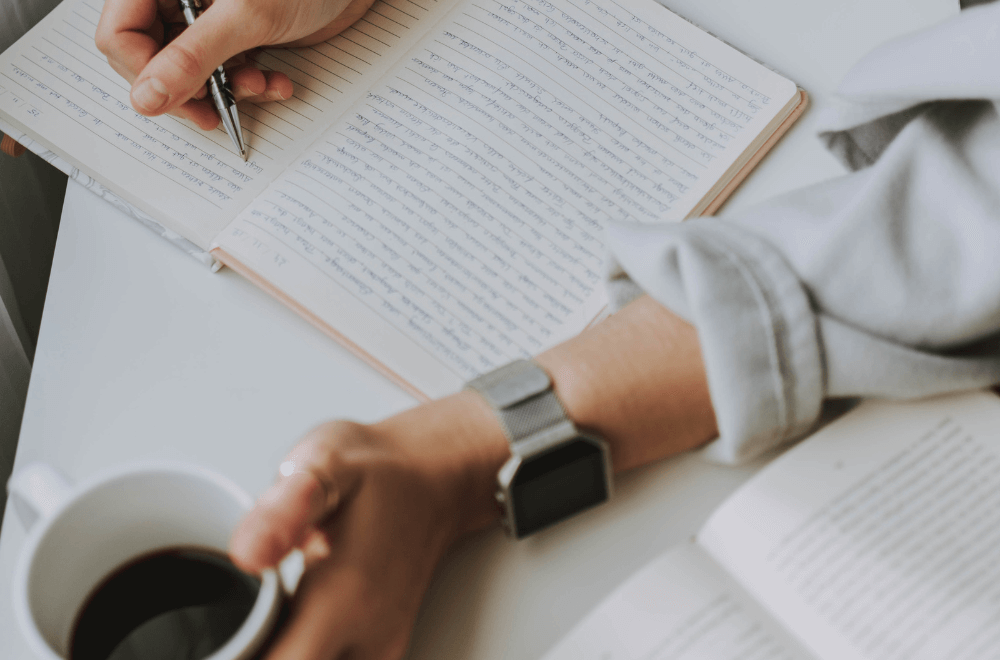
When I say coffee is my life, I’m not exaggerating. I spend most of my time drinking coffee and writing about it. I also like to travel and taste the cultural difference in coffee.
Plus, I’ve been to various coffee farms around the world: Brazil, Colombia, Italy, and Indonesia, to understand coffee farming better. Next up, a trip to Africa to meet Ethiopian and Kenyan coffee farmers.
